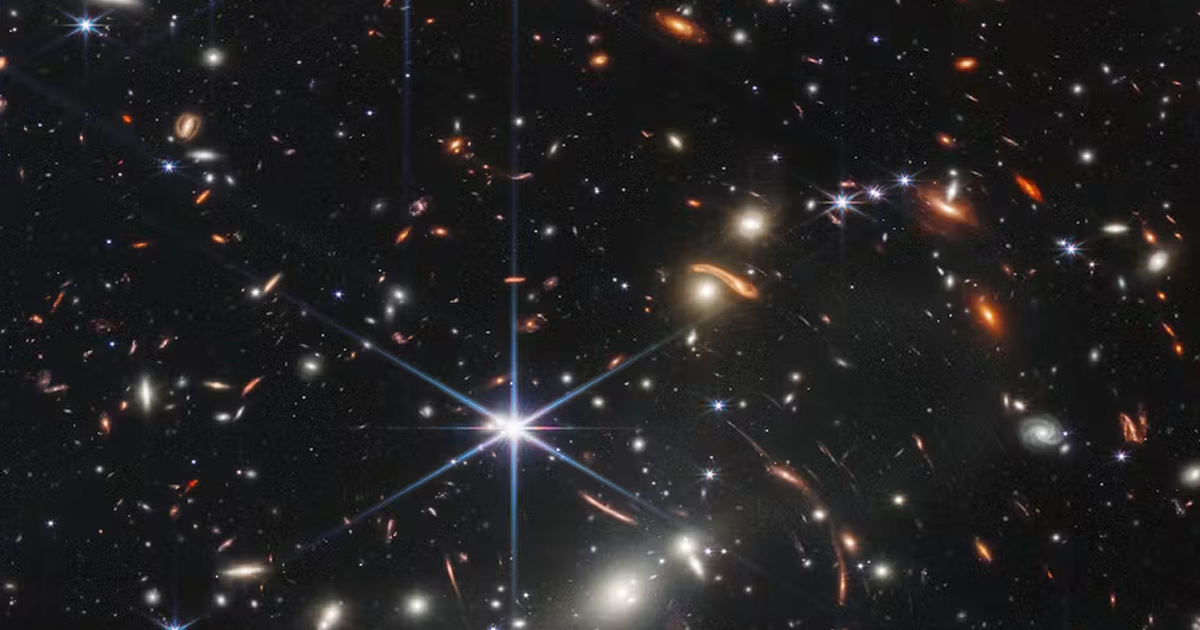
What are they?
Earlier this year, astronomers revealed one of the James Webb Space Telescope‘s most spectacular and intriguing discoveries yet — and that’s saying something.
Lying in one of the most ancient regions of the observable universe, they found, were hundreds of galaxies that have come to be known as the “Little Red Dots.”
These aren’t ordinary galaxies. As Smithsonian Institution astrophysicist Fabio Pacucci explains in an essay for The Conversation, these compact red structures, which are only about two percent the size of the Milky Way, puzzle astronomers. The issue is that they can’t determine what they are, because observing them through different mediums each points to them being a different kind of object.
Deepening the mystery, the Little Red Dots were only visible for a period of around one billion years, about 600 to 800 million years after the Big Bang. Now, they’re nowhere to be found, and determining exactly what they are will be crucial to figuring out where they fit into the evolution of our universe.
Mystery of Interior
There are two leading hypotheses on the Little Red Dots.
One proposes that they’re incredibly dense galaxies packed with up to 100 billion stars. That’s as many as the Milky Way, despite being just a fraction of the size of our galaxy.
To put that into perspective, Pacucci says this would be like packing the population of China into a huge single room.
“These astrophysical objects may be the densest stellar environments in the entire universe,” he wrote (whether that would even be physically possible is unclear.)
The other hypothesis proposes that this ludicrous density can be explained by a supermassive black hole at the center of the Little Red Dots.
Except that observations suggest that these would have to be “overmassive” — or too big for what should be possible based on the scale of the surrounding galaxy, with some being nearly as heavy as them.
Two-Faced
This leads us to one of the Little Red Dots’ most puzzling attributes, according to Pacucci: they appear like different objects depending on how you examine them.
A vital indicator of the presence of supermassive black holes are telltale emission lines in light spectra, and when examined this way, the compact galaxies clearly appear to have them — if not be dominated by them.
But if they contain supermassive black holes, the Little Red Dots should also be blasting out x-rays. More recent research, however, has shown that these puzzling galaxies show no sign of such x-rays, favoring the “stars-only” hypothesis. So, black holes or no black holes — which is it?
Pacucci speculates that it’s possible that the sheer density of material surrounding the Little Red Dots’ black holes are blocking its x-ray emissions, or it could be that they’re being emitted in a different spectrum than what we’re used to.
In any case, the implications are fascinating. We could be looking at unprecedentedly dense star-filled galaxies, or evidence that “overmassive” black holes may have been the first ones in the universe.










